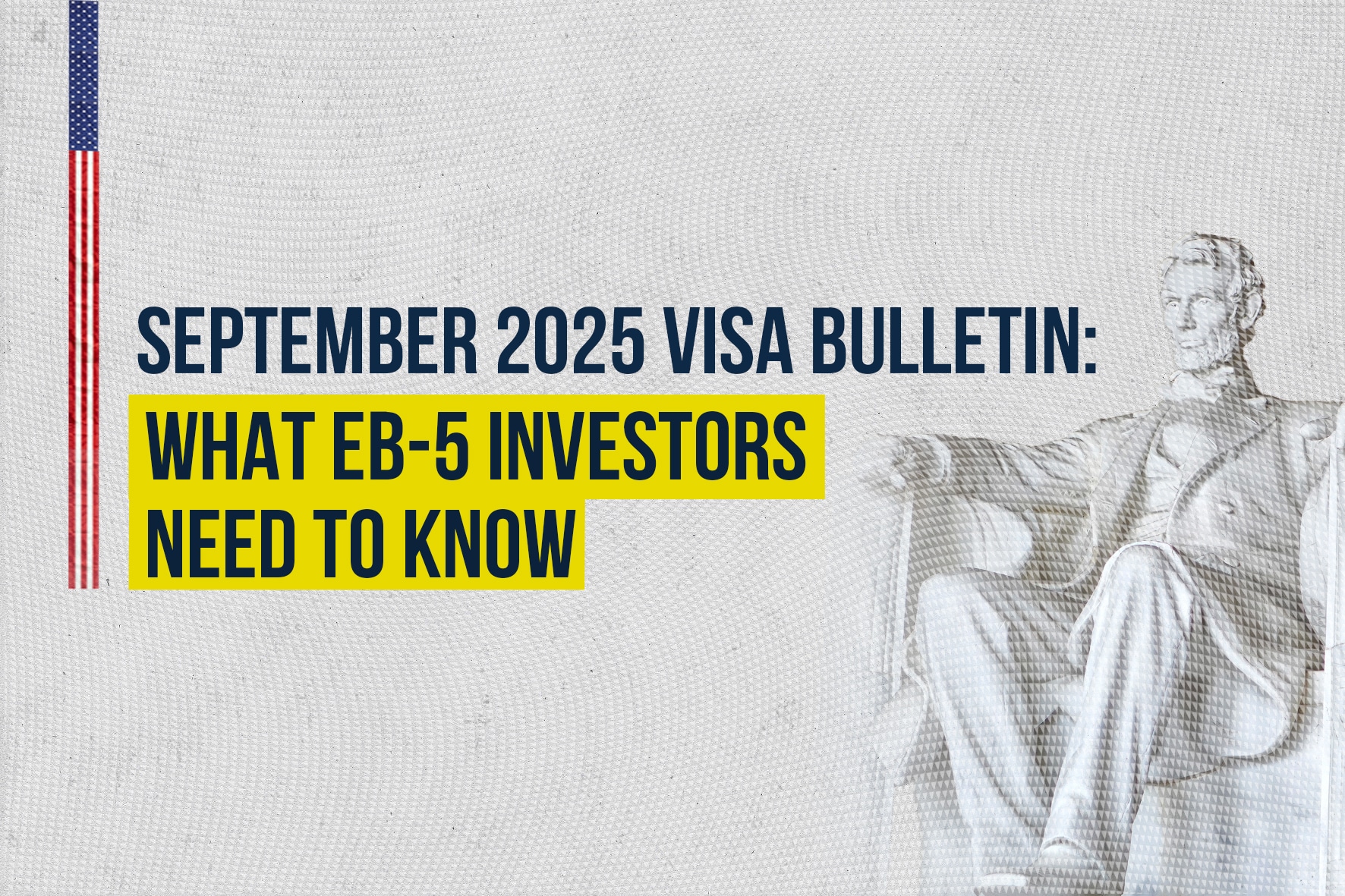
H-1B Visa Policy Changes: Why investors should consider the EB5 program.
Over the weekend, President Trump announced the increase in H-1B visa applications, moving these from around $2,000 per application to $100,000. Beginning with the March 2026 lottery, this change will affect all new applicants seeking employer-sponsored visas. The new policy change will alter the landscape for skilled foreign workers as the shift creates unprecedented challenges for professionals and students who are dependent on the H-1B visas.
Understanding the H-1B Policy Transformation
The new policy imposes a $100,000 one-time fee on all new H-1B petitions filed after September 21, 2025. The policy specifically targets new applicants and does not affect existing H-1B visa holders currently in the United States.
The measure creates uncertainty for professionals planning future H-1B applications or those currently outside the United States seeking H-1B status. It also creates a financial barrier for smaller companies and start ups as they may be priced out of the program, leaving only the wealthiest employers able to participate. In practical terms, U.S. companies will be more reluctant to spend $100,000 on a single applicant, except in rare high value cases, thus resulting in employers shifting focus to hiring locally.
Additionally, pending legislative proposals suggest further restrictions, including salary requirements of $150,000 and the elimination of the Optional Practical Training (OPT) program for international students. If enacted, these changes would further narrow the opportunities available to global talent seeking to work or study in the U.S.
How the EB-5 is a more secure route
The EB-5 Immigrant Investor Program is an investment-based pathway that has maintained consistent processing and approval rates across various immigration policy changes.
Unlike the H-1B visa, which ties individuals to specific employers and maintains temporary status limitations, the EB-5 program offers direct paths to permanent residency through qualifying investments. This independence from employer sponsorship becomes particularly valuable given the increased costs and uncertainties surrounding employment-based temporary visas.
H-1B professionals remain dependent on employer decisions and face potential job displacement that could jeopardize their immigration status. Whereas EB-5 investors maintain complete autonomy over their immigration timeline and are not subject to layoffs, company closures, or policy changes affecting specific employers or industries.
Strategic Pathways Forward
A viable option for H-1B professionals facing these new restrictions is transitioning to EB-5 investment immigration. The minimum investment requirement is $800,000 on a government-approved project for a U.S. Green Card and residency for the investor and immediate family, provides a predictable pathway without dependence on employer decisions.
H-1B holders can file concurrent I-526E and I-485 adjustment of status petitions, allowing individuals already in the United States to maintain legal status while their investment-based green card processes. This concurrent filing eliminates gaps in work authorization and provides advance parole travel documents during the transition period.



